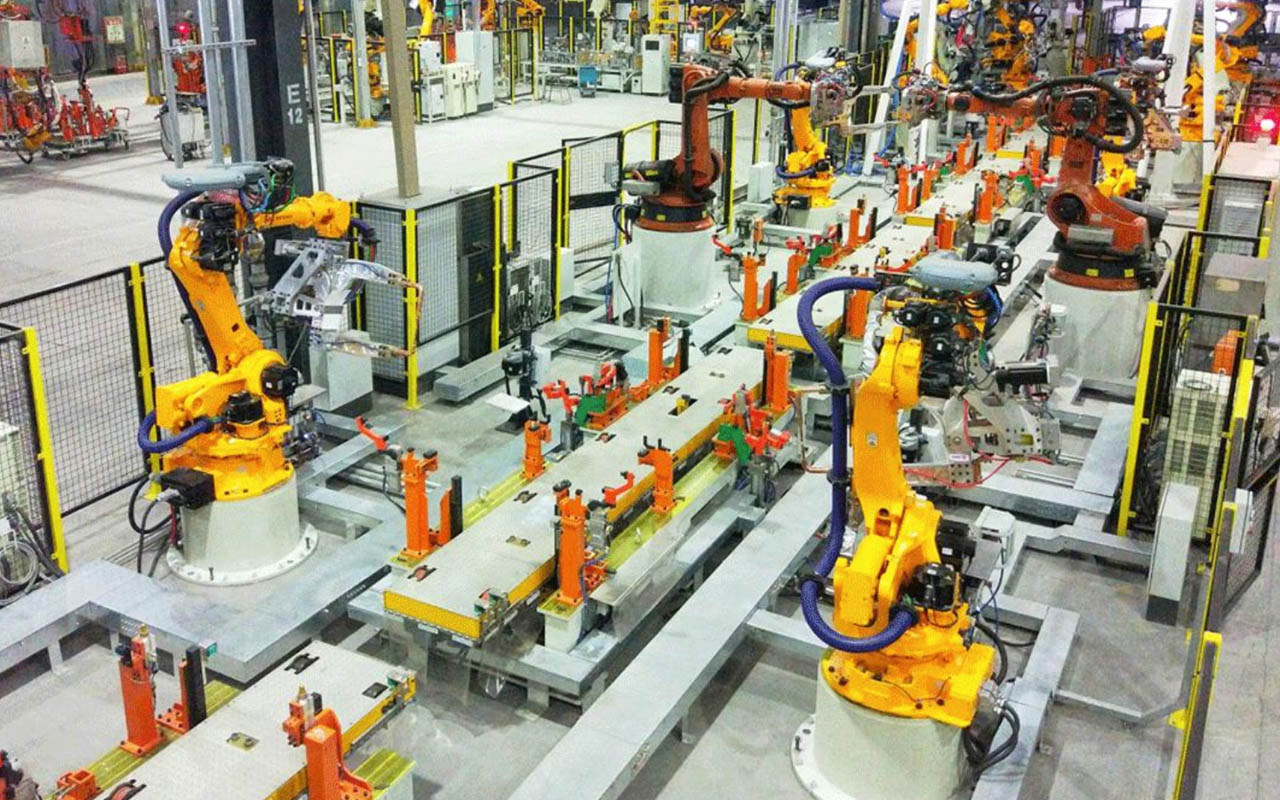automatic production line
Automatic production line refers to a production organization form in which the product process is realized by the automatic machine system. With the use of automatic production line, special and multi-functional machine tools can be used to achieve maximum automation. The essence of the automatic production line is the combination of single workbenches arranged in the required order, connected through the work transfer device, and integrated with the interlocking control. The workplace is an automatic transfer between stations, equipped with horizontal and vertical or angular units for processing, measurement, workplace repositioning, assembly, cleaning or other operations. The two main categories of automated production lines are rotary and in-line.
An important advantage of automated production lines is that they allow the maximum number of operations to be performed at the same time. There is no limit to the number of working faces or planes that can be machined, because the equipment can be inserted into the automated production line at almost any point to reverse, rotate or orient the workplace to complete machining operations. Workpiece repositioning also minimizes the need for angular machining heads and allows operations to be performed at optimal times, from rough casting or forging to complete machining of finished parts, which is often possible.
For a long time, automated production lines have been used in the automotive industry to achieve the lowest productivity of manual part handling. In addition to reducing the demand for labor, these machines also ensure that high-quality parts are consistently produced at a lower cost. They are no longer limited to rough machining, and now usually do not require subsequent processing, grinding, honing, etc.
Now, the demand for automated production lines of manufacturing enterprises committed to the digital transformation of enterprises is increasing, which are used to deal with similar or different parts of smaller size, so as to quickly convert between production runs. The built-in flexibility, the ability to rearrange and exchange machine units, and the provision of idle workstations increase the cost of each automated assembly line. However, when the product is redesigned, these functions are very common and economically feasible. Many of these machines are now used in non automotive areas to meet a small number of production requirements.
